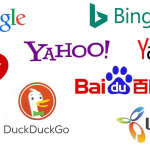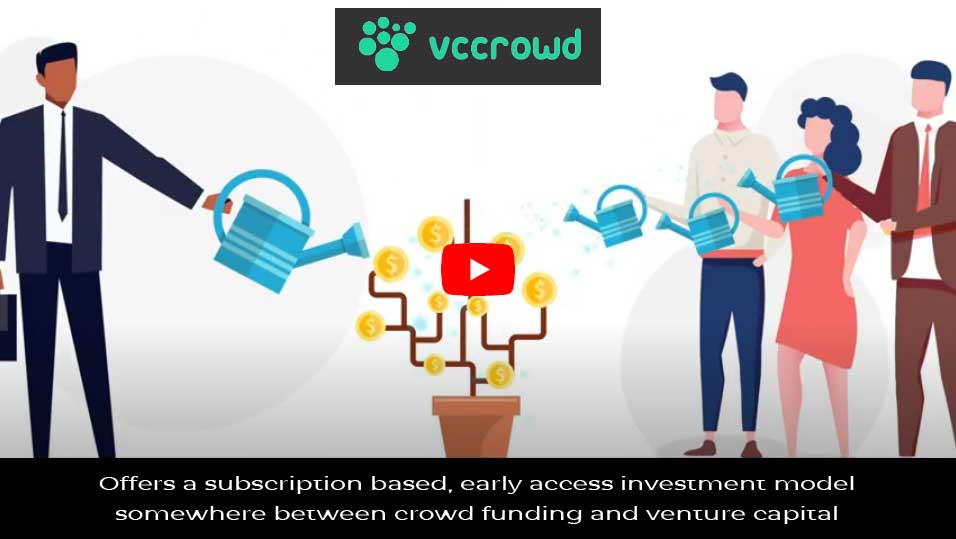You’ve heard the phrase “when you know, you know” – aka the magical feeling that something just… works.
That’s how Arjun Mahadevan felt when he pitched his company, Doola, at HubSpot’s Million Dollar Pitch Competition in 2023.
And he won. 🏆
Source: Inbound.com
But getting there was no magic. Rather, it was a blend of strategy and hard work.
I caught up with Arjun for a glimpse of his secret on consistently wowing investors, growing the company, and more.
What Doola Does
Doola makes starting a business easier by offering a service called “Business-in-a-Box™,” which streamlines the process of business formation, obtaining an Employer Identification Number (EIN), and managing bank accounts.
Over 66% of their customers are based outside the US, and Doola offers them a compliant, affordable path to US entrepreneurship.
Getting The First 100 Customers
Founded in 2020, Doola has helped 10k+ entrepreneurs set up their businesses. But how did they get their first 100 customers?
Arjun spared no details:
1. Hustle within Your Network
“For the first few customers, you beg, you scrap, you hustle, bother your family, friends, network… you do whatever it takes,” Arjun said.
A brutal yet powerful tactic for new entrepreneurs.
He actually acquired Doola’s very first customer via an X(then Twitter) direct message with someone in his network.
2. Paid Ads and Instant Customer Support
In the early days Arjun also deployed paid ad campaigns, which had pop-up chat bubbles asking if prospects wanted to talk to Doola’s 24/7 support.
When someone clicked into the chat, he would get instant notification on his phone, and respond no matter what he was doing. He even created a mobile workstation with a phone stand and a clip to bring with him everywhere.
The result? He won a ton of businesses because customers were delighted with how fast this company responded to them.
3. Content and Word of Mouth
The Doola team also created thought leadership content through social media and the company blog.
Arjun himself is an active voice on LinkedIn with 46k+ followers. He also shares public updates on how Doola’s doing.
Content is a longer term investment, or as he calls it, “climbing the cringe mountain.”
We’re here for it. Source: LinkedIn
“You won’t see results from that immediately, but over time people will come in through that, hit your website, and convert. Then you start to get word of mouth because that founder who used you know other founders too. And if you wow them, they will tell their friends,” Arjun said.
4. Lean into The Human Touch
Two thirds of Doola’s customers live outside the US. These entrepreneurs aren’t familiar with the legal landscape here, and often want a human to walk them through the process.
To help them, Doola offers free, around-the-clock consultations.
“If you can have a 15-minute conversation with us, and we can appease those fears and help you get excited, it builds a lot of trust going forward,” Arjun said.
This also helps him learn how customers discover Doola, and their specific needs, creating a flywheel that feeds into product development and marketing.
How He Prepared for The $1m Pitch
Let’s get one thing out of the way: Doola already had traction before the competition, and raised ~$12m from investors like Y Combinator.
Source: doola pitch deck
“Having investors who backed you and customers who are excited about you… there’s no shortcut for that,” Arjun said.
You might not have that kind of buzz yet, but the framework he used to prepare for the competition is applicable for any founder looking for capital.
Knowing he only had two minutes to wow six investors, with an audience below, Arjun set one clear goal: be memorable.
Here’s his strategy:
- Emphasize his body language and tone
- Share a story, not just stats
- Nail the start and finish of the pitch
…all of which helped him leave a lasting impression.
It also helped that Doola and HubSpot are a great match – both use technology to help entrepreneurs build or run their businesses better.
And the rest was practice, including walking onto the actual stage the night before to visualize how he’d deliver the pitch (get the video here if you’re curious).
The Most Challenging Question in Pitch Meetings
Founders field a lot of questions during a pitch. The most challenging one that Arjun encountered frequently is:
What if a bigger competitor with more money and resources does what you do?
Here’s his answer:
“The real question is, can the startup reach scale before the incumbent reaches innovation?
For any startup with a new idea, there’s a bigger competitor who could’ve done it, but they didn’t. The startup moved faster, and at a certain point, they became this immovable force and they captured enough market share or trajectory where you couldn’t stop them.
There could be someone who does that exact same stack, but then it comes down to the quality of the customer support you provide, the content and marketing you create, and the quality of what your brand stands for.”
This blows the conversation wide open, and primes investors to hear about Doola’s specific advantages.
Reaching The “We Made It” Moment
Even with high-profile investments and a $40m valuation, the “we made it” moment came when Doola passed $1m in annual recurring revenue (ARR).
For Arjun, that’s a sign of finding product-market fit.
Crossing the “zero to one” threshold kicks everything into gear, and makes it possible to continue growing the business.
“It doesn’t mean there won’t be hiccups and roadblocks ahead – every year the challenges get bigger,” Arjun said. “But you now have the confidence that with hard work, consistency, and understanding customers, it’s possible to do it.”
Want more content like this? Sign up for our weekly Trends email, filled with all sorts of data, deep dives, and trend insights for business builders, entrepreneurs and innovative professionals.
![]()


![Download Now: 4 Customizable Pitch Decks [Free Templates]](https://no-cache.hubspot.com/cta/default/53/6973e3b5-7aca-4e23-9231-b786d3bbafd0.png)












